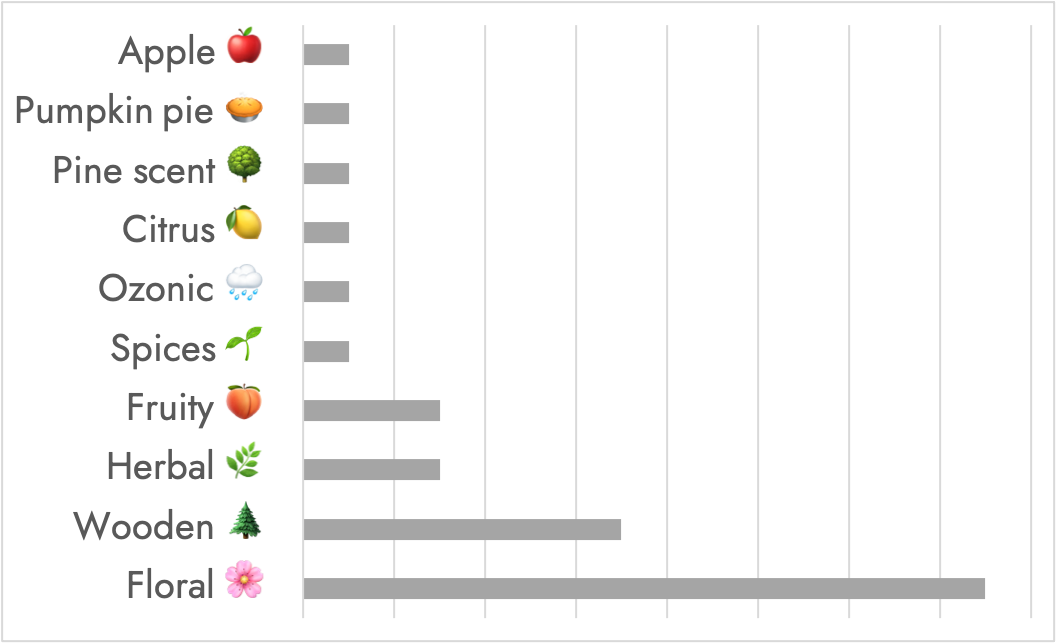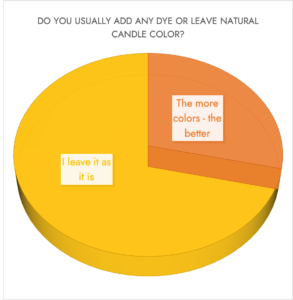How Do They Do Candles?
We’ve asked our followers on Instagram @wax.n.fire how they deal with candle-making issues.
Around 100 handcrafters from all over the world have shared their experience with us and we’ve decided to create this article.
1. Who has taken part in the poll?
For now (August 2022) our Insta account is promoting our own soy wax. Thus, the followers are mainly handcrafts who make candles or other handmade staff and are interested in our 100% soy wax. As our account is shipping to the EU, most of the recipients’ businesses are in Europe.
2. Wax that is used for making masterpieces:
Basically, as we are a soy wax supplier, that is obvious that most of our followers are using soy wax (81.2%), soy wax blend (32.1%), and a small part uses bee wax (7.1%).
3. The usage of various wicks.
A formula for choosing the right wick to prevent tunnels from forming is different for each candle maker.
Here are the most common answers:
✏️ I use wicks suitable for the diameter of the candle and I do MANY tests;
✏️ It’s all about testing, as a fragrance can highly influence, even the same type of vessel;
✏️ The right size of the wick does the trick
✏️ Mostly the size of the wick should be bigger than the supplier’s recommendation;
✏️ Wick sizing compared to vessel size is important, but pouring temperatures are even more essential. I like to test all of my new vessels and wicks as well as pour at the same degrees every time;
✏️ We have a machine that creates them specifically for each size and perfume, we do a special measurement for each scent and size, and we have 104 years of making candles;
✏️ I don’t have any formula. I use wooden wicks about 1,5 cm width (0,59 inch) for container with 7 cm (2,7 inch) diameter.
4. Candle types.
5. The most common problems in candle-making.
As frosting is one of the most popular problems among handcrafters, we’ve asked the more experienced ones for their advice. This is their methods of struggling:
Another question was related to wet spots and preventing this issue according to the popularity of the answers:
📍 Warming up the jar beforehand
📍 Pouring a candle extremely slowly so that they’re no bubbles
📍 Washing and drying containers before filling
📍 Not moving candles 24 hours
📍 Cooling candles on a wire rack so they don’t touch a cold surface
📍 After pouring, I always knock on the walls so that all the bubbles come out
📍 Cooling candles at a distance of 10 cm from each other
📍 Cleaning the jars first with isopropyl alcohol and pre-heat in a slightly warmed oven. I return the candles to the oven (turned off) to cool overnight when possible. If I can’t use the oven, I cool them in cardboard boxes or on wire racks.
6. The map of the origin of the perfume.
 7. The bestselling aromas.
7. The bestselling aromas.
The percentage of the added aroma depends a lot on the wax and on the aroma itself, but most of our followers have answered that they are using 5-10% of fragrance according to the instruction of the producer.
8. Candle decorations.
Two quick questions with yes/no answers and we’re finally done with the statistics.
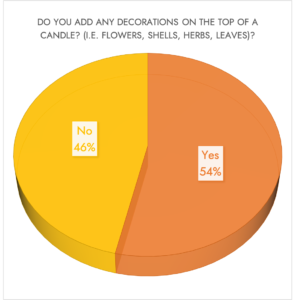
We thank each and every person who has taken part in this poll. If you’re interested in taking part in the poll, we’re more than welcome. We’ll reissue this article one year later with new statistics.
Our next articles will be dedicated to various problems a newcomer in candle-making can face. However, this piece of information gives plenty of new ideas to try.
Our great thanks to these Insta accounts:
@calmacandles_sviecky @milotu.home @les_bougies_de_loulette @bear_flame_candles @laszczyk_ewelina @aromacandle.kk @magic.vibes_ok @candletherapystore @kerzemy @soledads.atelier @soy.soy.eu @mayavelacreations @candlejewlz @marsault.reims @insanefire.candle @hojacandle @lunari.candles @redwoodfactory @finisterra.candles @meg.nook @saxadesign @hotthrowcandles @flickeringferncandle @little_smile.pl @deelighticle
Without you, we won’t create such an impressive study.

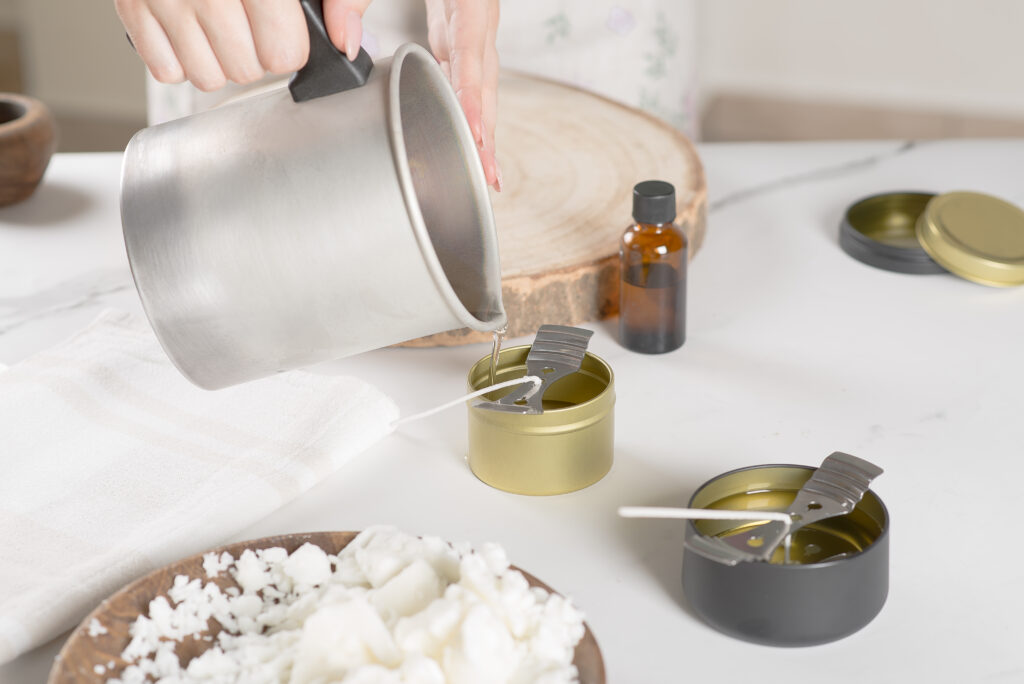

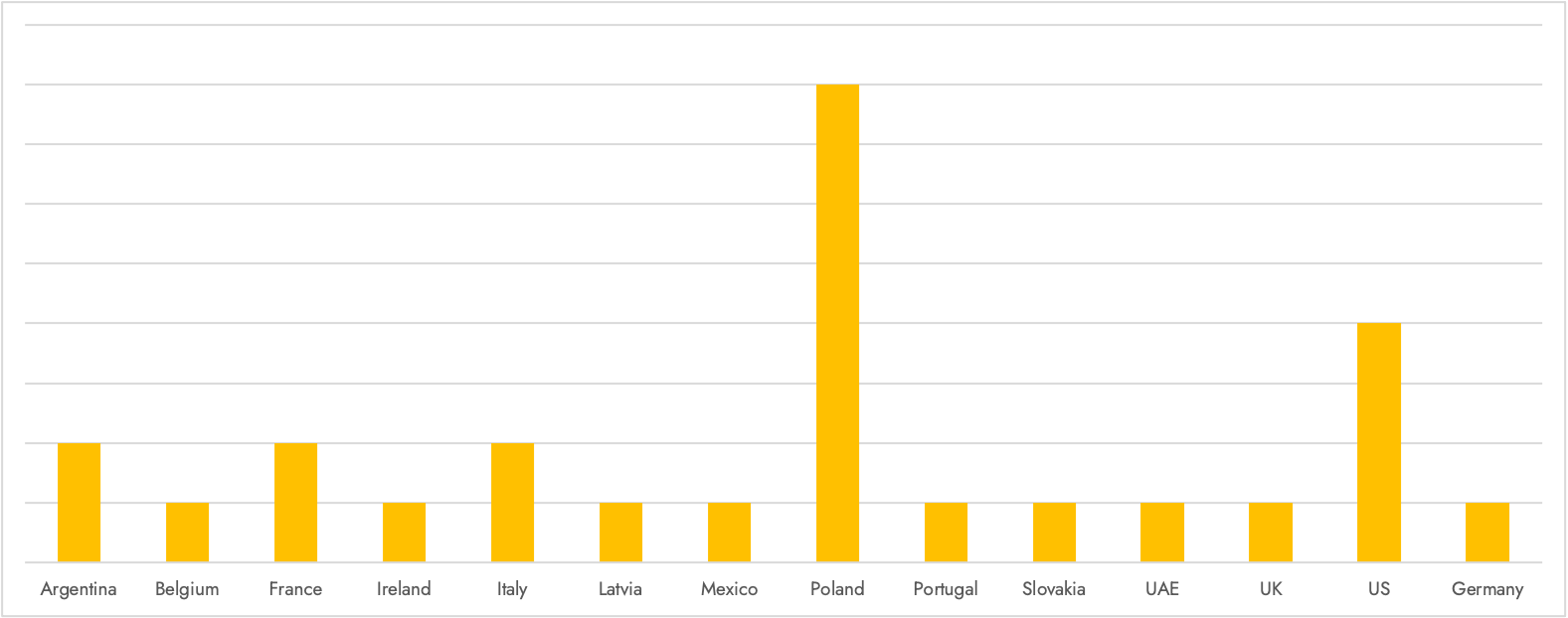
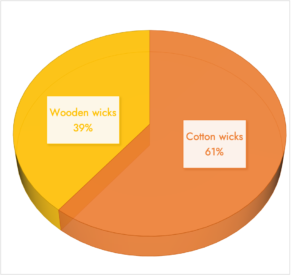
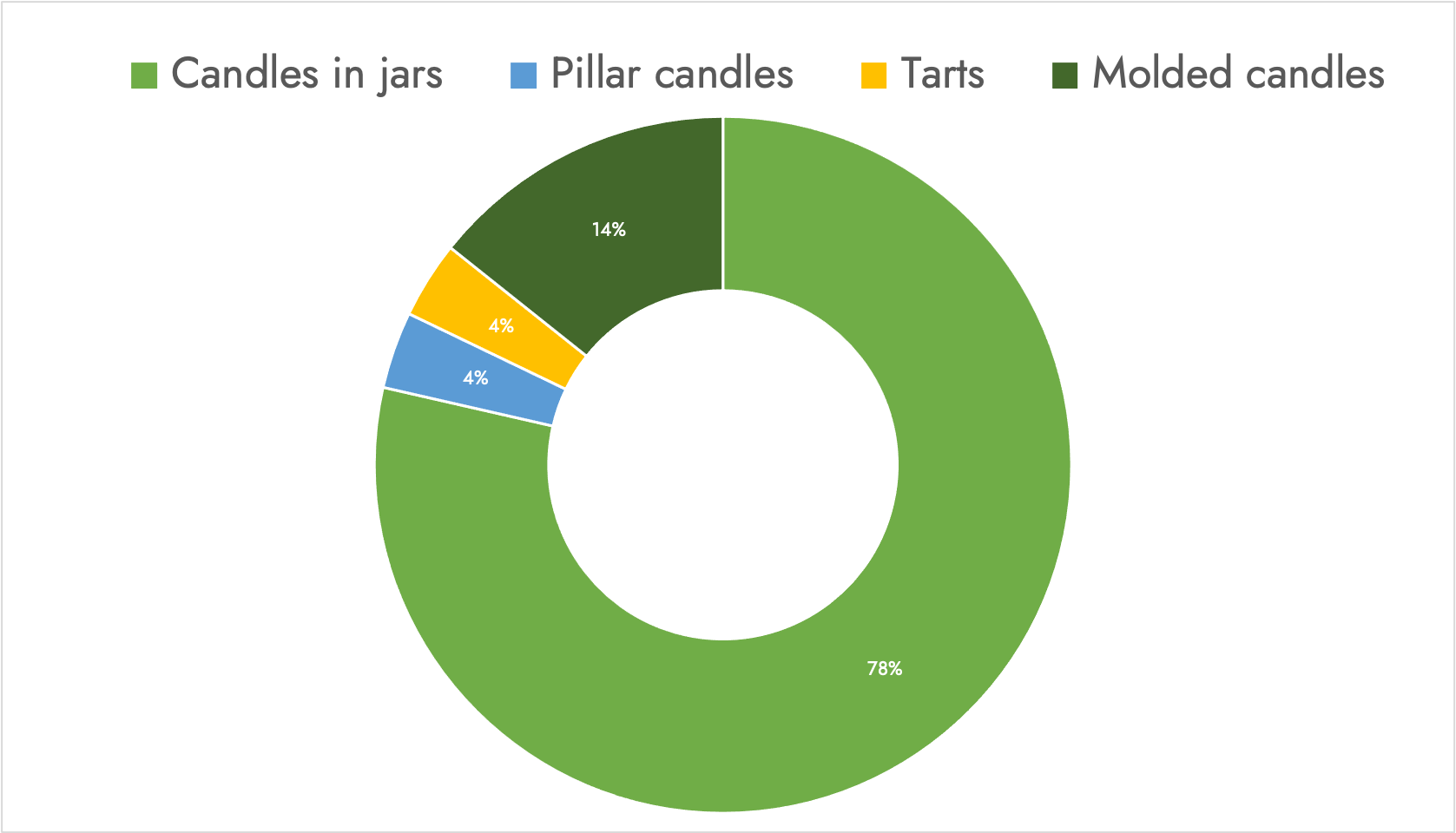
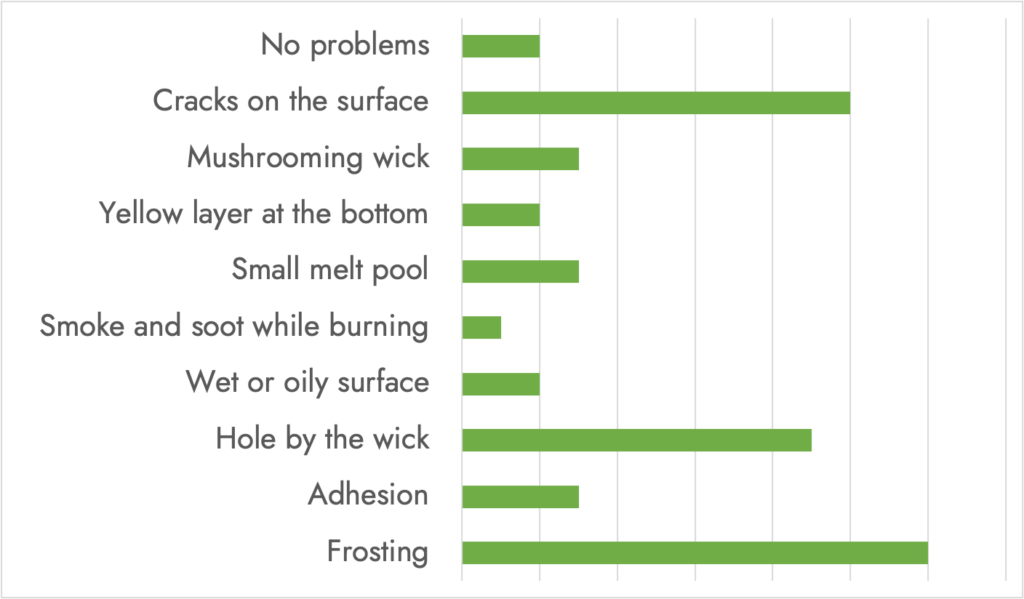

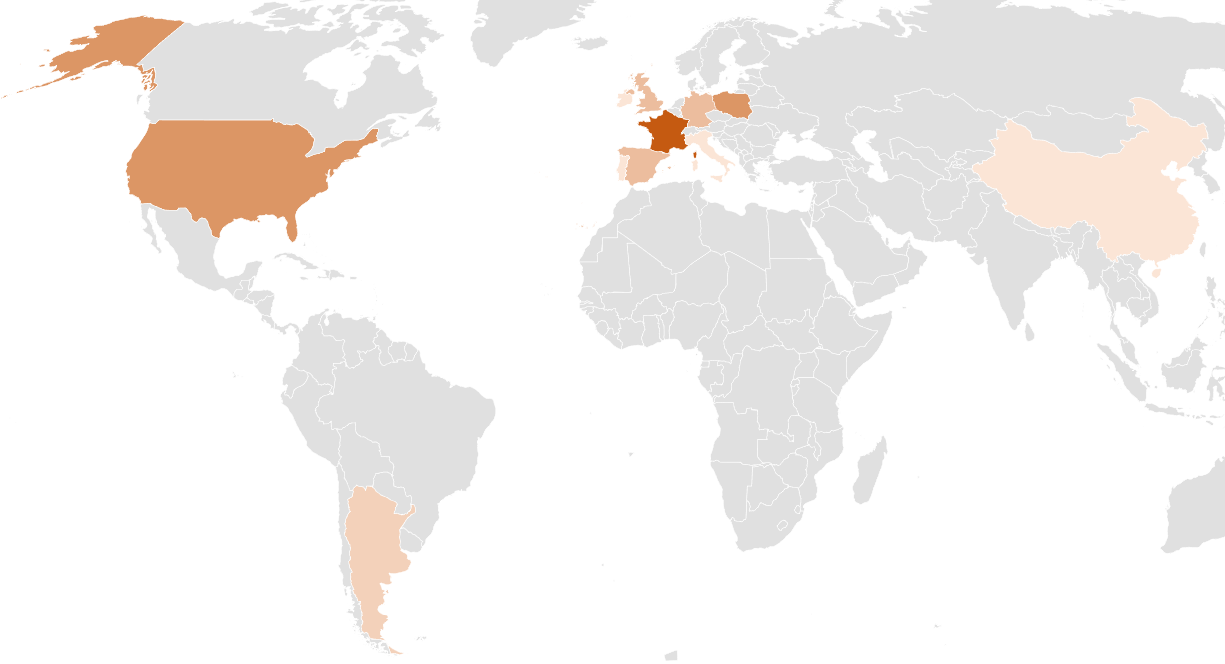 7. The bestselling aromas.
7. The bestselling aromas.